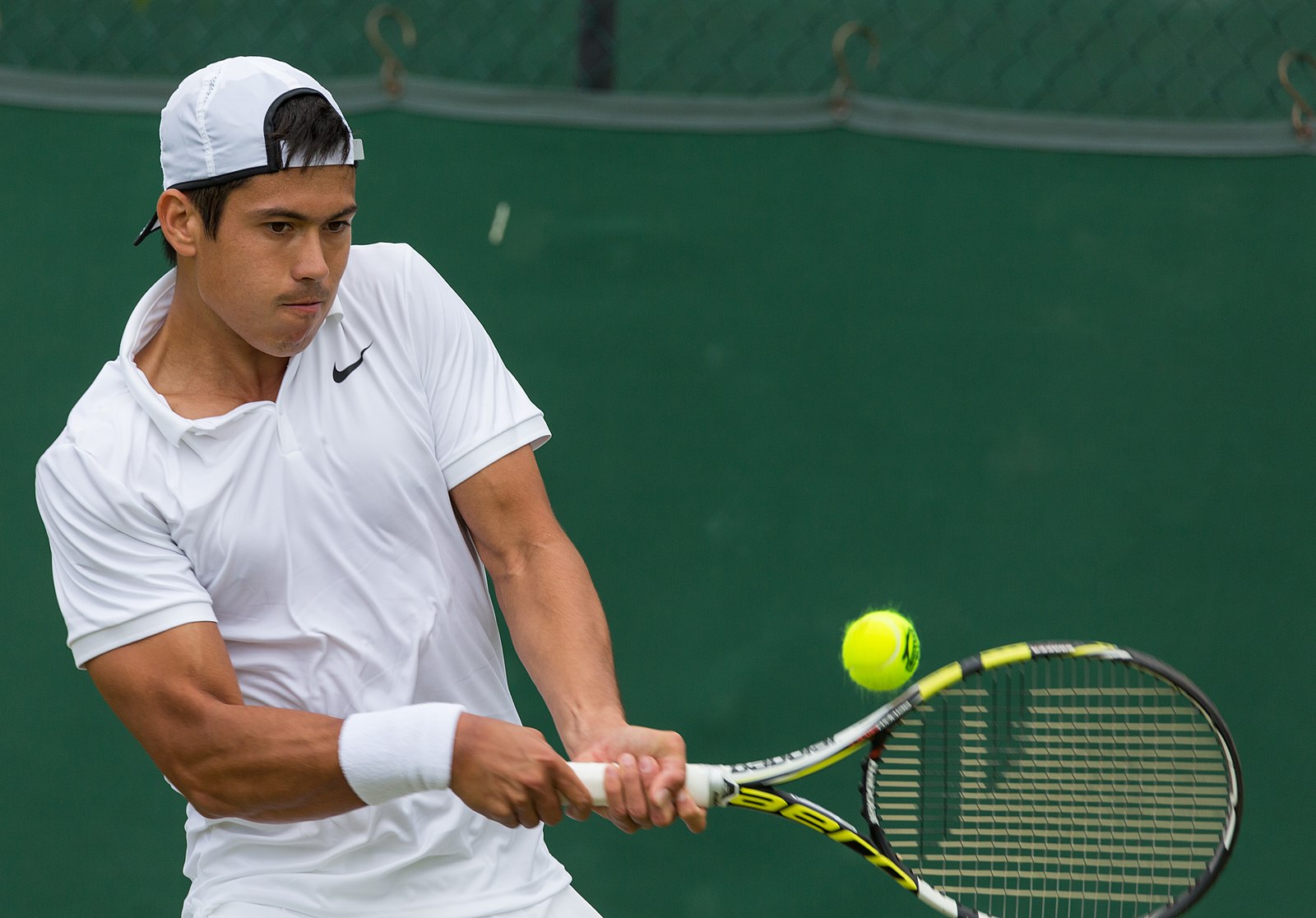The tennis industry is a survival of the fittest, where the very best and determined players make it, while the others are left to the wayside. Form, injuries, and money can all threaten to derail a player’s career and prevent them from reaching their full potential. And it’s only getting more difficult due to limited prize money and lower ranking points.
Many talented professional tennis players have traditionally struggled to make it to the top, due to major factors such as limited available prize money in tournaments and the financial demand that comes with travelling.
For example, former world number one junior, Jason Kubler revealed in an interview with ATP Tour five years ago that he had experienced many of these struggles, resulting largely from financial instability across his tennis career, as he questioned if he would ever “actually make it”.
“I remember a few years ago I was travelling with my brother, paying for flights, accommodation and food. That was a big pill to swallow,” he said.
What does the International Tennis Federation (ITF) need to do to prevent talented players from being lost to the game due to these barriers?
The process for a tennis player to reach the top is strenuous. After a player graduates from their junior career, they are often made to hone their craft in ATP Challenger and ITF Futures circuit events. These are steppingstone tournaments towards making the professional tour of the Women’s Tennis Association (WTA), or Association of Tennis Professionals (ATP).
Performing well on these tours is one of few ways to becoming a full-time professional player, but there is still no guarantee that players will make it. This level of tennis is brutal with players constantly travelling and competing, often with very little to show for their efforts.
Award winning tennis journalist and former writer at The Australian, Courtney Walsh, tells upstart that the lack of financial incentive and the limited endorsement of lower-level tournaments is making it hard for players to advance.
“Clearly the amount of points and prize money on offer at lower levels makes life difficult,” he says.
Walsh is hopeful that the most talented players will still be given opportunities but admits that it is not a possibility for some.
“I would like to think that if a player is talented enough, they will be able to progress from the bottom rung all the way through to the top,” he says.
“It is trickier and more expensive for a player from a lesser-developed nation, or for those without regular ITF, ATP, WTA events, to progress.”
Winning an ITF Futures event will lead to total earnings of a meagre $2000-$4000. The winner in a higher-level ATP Challenger event will take home approximately $21,000. Regardless of whether a player is successful in these tournaments or not, the limited prize money results in them entering other events just to stay afloat in their careers.
Walsh believes that a range of factors is playing a part in preventing players from reaching their full potential.
“Fatigue, homesickness, coaching or a lack thereof finances all play a part. Taylor Townsend [an American player] cited just how hard life was on the lower tier circuit in comparison to the top level during the US Open,” he says.
For some players, it works out. After many challenging years, Jason Kubler was able to get to a level where he could support himself by playing tennis, but still had doubt over his ability to compete.
“I went from four or five tournaments to all of a sudden, I’m playing main draw Aussie open [Australian Open],” he told ATP Tour.
Director of Pathways and Game Development at Tennis Australia, Lawrence Robertson, agrees that the major issues lie within having a lack of resources, which leaves talented players with little opportunity to develop their game.
“There are many very talented players over the world who have struggled through the pathway due to the lack of resource and the mental stress of travelling and playing week in and week out,” he says.
Although it is difficult for players to currently make tennis a full-time career, there appears to be plans being put in place to make tennis sustainable for all professional players, regardless of the standard of tournament they play in, according to Courtney Walsh.
“The ATP initiative announced last month regarding a base wage,” he says. “Its success can only be judged down the track, but it is an indication they are mindful there are problems.”
“The amount of money wagered on lower tier tennis, which can clearly cause issues in terms of potential corruption, should also hopefully lead to a situation where some funds trickle through to this level.”
Photo: Jason Kubler competing in the first round of the 2015 Wimbledon Qualifying Tournament at the Bank of England Sports Grounds in Roehampton, England by DAVID ILIFF available HERE and used under a Creative Commons license. This image has not been modified.







